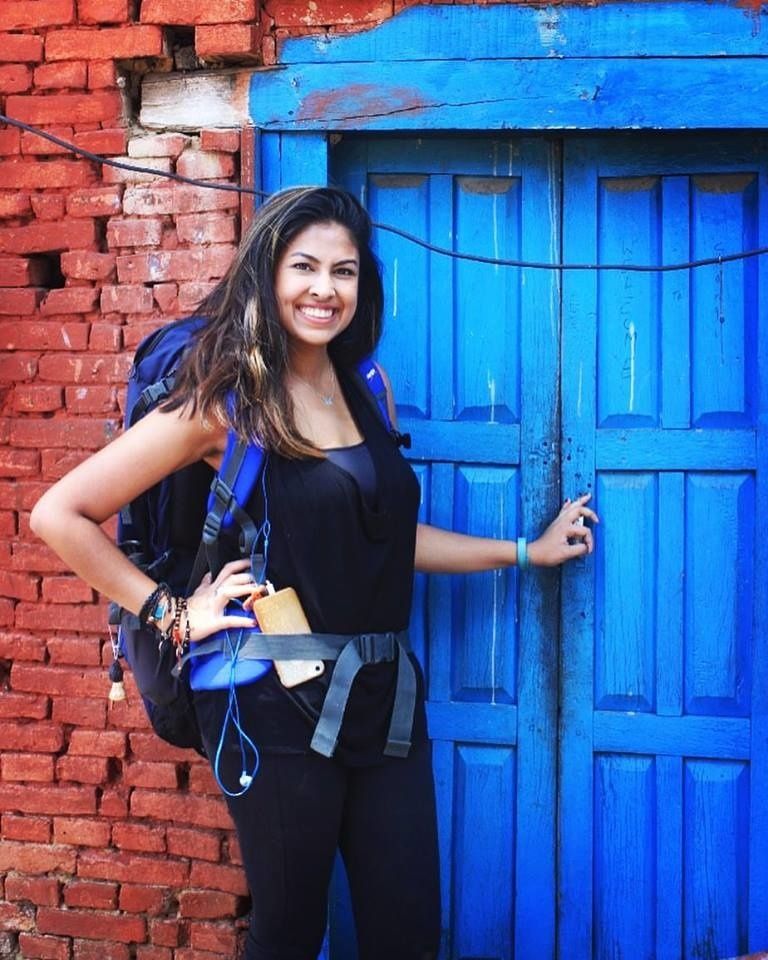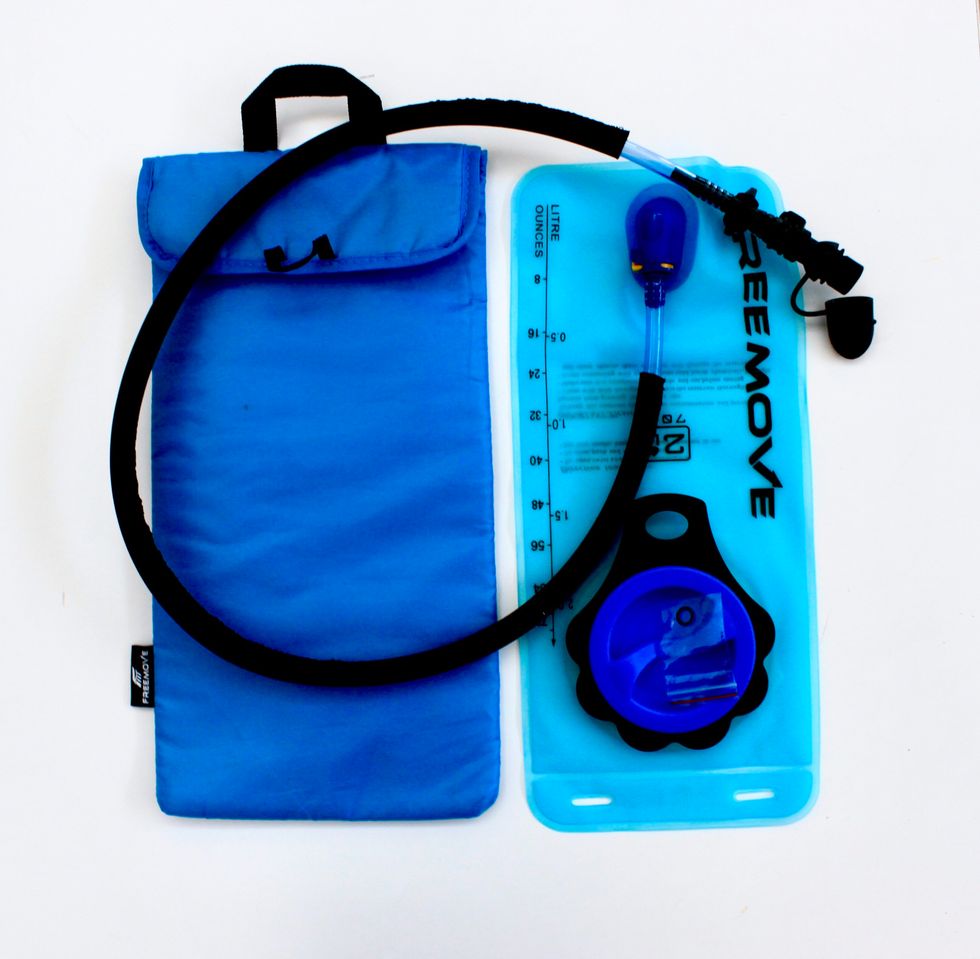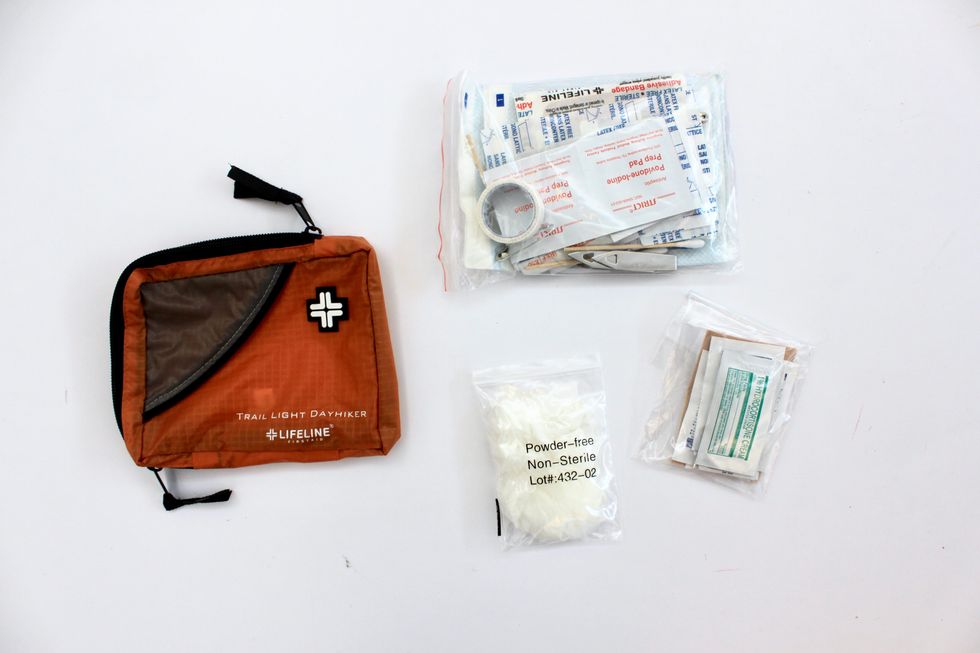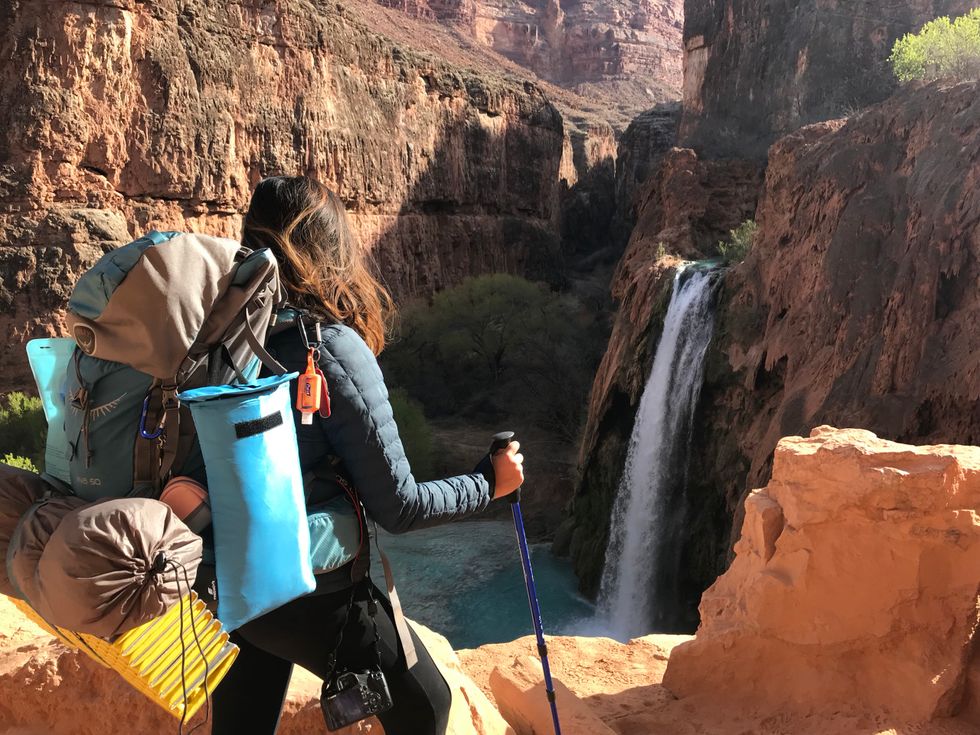Last year I stumbled upon the movie Wild, in which the character played by Reese Witherspoon hiked the Pacific Crest Trail on her own. Inspired by the mysticism of wilderness in the movie, I decided to hike the Appalachian Trail that runs through the east coast of USA for a month. I lasted only a week, but it was just enough to make me realize how much I loved losing myself in the nature. Since then, almost every weekend consists of a getaway into the wild for me.
In the process I realized that so many want to hike, yet do not know where to get started with the whole process. I was there once, and so many others I know have been there. Hence I came up with a list of five must-haves that could easily get you through a day hike. If you are leading a busy life and want to or manage to take time off and go on day hikes during weekends every now and then, this one's for you:
1. Backpack

Having a decent backpack is the make-or-break factor of your level of enjoyment during the hike. It is important to keep in mind that not only should the backpack be packed lightly, but also should ideally be light-weight itself. The best way to know which bag fits you the most comfortably is to try them on at your closest outfitter store with shopkeeper's assistance. Investing in a good backpack can make your hiking an extremely fun and painless experience.
Optional: A hiking pole which is only about $25, and is super adjustable to suit your height and preference, can help distribute the body weight making the climb and descend a lot bearable for you. It is common for knees to hurt while descending, due to all the weight on your back and gravity's pull, and hence a hiking pole helps with maintaining balance and eases your knees a little bit.
2. Hiking Boots
This one's tricky since you have to 'break in' to your shoes before you hike. The best way to know which boots work best with your feet is to try them on at local stores. It doesn't necessarily have to be an outfitters store, since I found a perfect (and inexpensive) pair in Walmart that has worked out for me for over a year now, and is still in perfect condition. The trick is, the more shoes you try on, the better sense you get of which one matches you best. My best friend uses runners for the most strenuous of hikes, whereas an Appalachian Trail thru-hiker I know used sandals to hike for six months straight—it really is whatever floats your boat.
3. Weather Protection
Most people take this lightly and go without sun protection or rain gear, only to regret their unpreparedness. I would rank this up high based on its importance since without good health or sturdy gear, you wouldn't be able to hike at all. A strong sunscreen can go a long way protecting your skin in higher altitudes where the heat is scorching. Rain ponchos for body and gear for backpack can help you dodge the intense rains on mountains.
4. Water

Hiking miles in a row at great heights with intense weather conditions is dehydrating. Period. Water is so important, that I don't think a small bottle of it is enough, unless it is 2L for a day hike. A worthwhile investment would be a water bladder, which is a light-weight bladder that holds a decent amount of water, and has an attached tube that is accessible from the front straps of the backpack, such that you can sip on water at all times without having to pull a water bottle from your backpack every time.
Note that exerting yourself can lead to light headedness because your body might not be used to the conditions you are putting it in. It is advisable to carry energy bars with you not only to keep you from being hungry, but also to pump you up the right amount.
5. First Aid Kit

It isn't taken very seriously, especially if it is 'only' a day hike, to bring along a tiny medical kit. However, if there is anything I have learnt from nature, it is to not take it for granted. No matter how strong, prepared, or pumped you are, the wilderness can find a way to get to you. A personal first aid kit is the best way to be able to care for yourself in areas without hospitals or phone service to call emergency.
While you can purchase a cheap first aid kit anywhere online which will have anything you need, it is important to add these three things which also contribute to your safety: tissues, whistle, and a flashlight. Tissues make keeping up with sanitary needs easier, while a flashlight and whistle is good for emergencies.

















